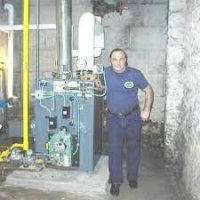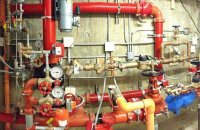Toddjb
New Member
All, I just installed the radiant system in my shop.

All is working as intended, except when the system cycles off a cup or so worth water comes out the water heater discharge pipe.
Any ideas why this is happening? And how to fix it?
This is a completely closed loop system. I have the water heater set to 120 degrees.
All is working as intended, except when the system cycles off a cup or so worth water comes out the water heater discharge pipe.
Any ideas why this is happening? And how to fix it?
This is a completely closed loop system. I have the water heater set to 120 degrees.


